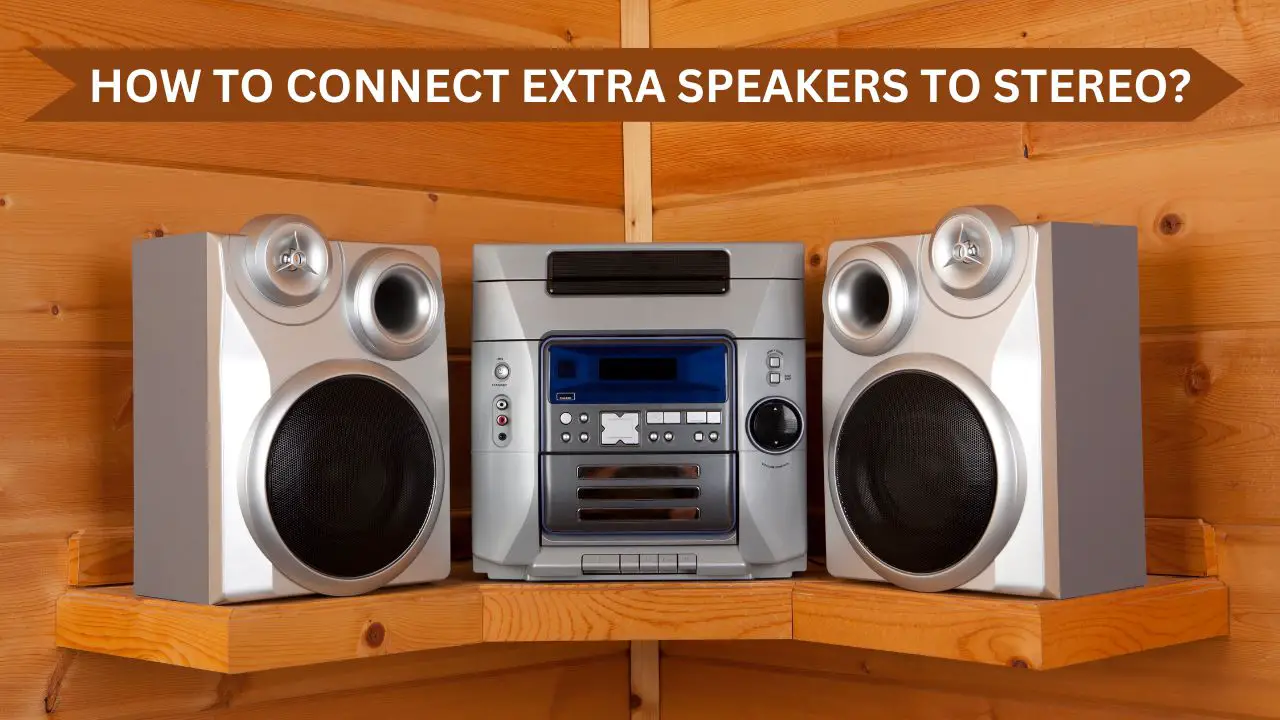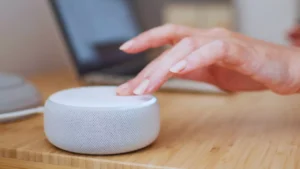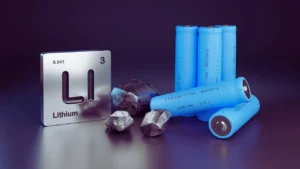Adding more speakers to your stereo system can improve the sound quality and create a more immersive listening experience. To successfully connect additional speakers, you will need to gather the necessary accessories, locate the speaker output jacks on your stereo, and connect the speakers using speaker wire and RCA cables.
Let’s discuss these steps in detail!
In This Article:
Get All The Accessories
Before you start, it’s essential to gather all the necessary accessories. You’ll need extra speakers, speaker wire, RCA cables, and a speaker selector switch if you’re connecting more than two speakers. Before beginning the process of connecting the speakers to your stereo, you should check to make sure that you have all of the necessary components.
Find The Ports
The first step in connecting extra speakers to your stereo is to locate the ports on your stereo where you can connect the additional speakers. Most stereos have two speaker output jacks labeled “Speaker A” and “Speaker B.”
If your stereo only has one output, you’ll need a speaker selector switch to connect multiple speakers. The speaker output jacks are usually located at the back of the stereo, so you may need to move it to access them.
Connect The System Speaker
To start, you’ll need to connect your stereo’s existing speakers to the “Speaker A” output jacks. Ensure that you connect the left speaker to the left output jack and the right speaker to the right output jack. You will receive stereo sound as a result, which is absolutely necessary for an immersive audio experience.
Cut And Attach The RCA Cable
Next, you’ll need to connect the RCA cables to your stereo. These cables will carry the sound signal to the additional speakers. Cut the RCA cable to the length you need, leaving some extra length to work with. Attach one end of the cable to the “Line Out” or “Audio Out” port on your stereo.
The RCA cables are usually color-coded, with red and white cables, so ensure that you connect them to the correct ports.
Split And Strip The RCA Cable
At the other end of the RCA cable, you’ll need to split the cable so that you have one red and one white cable. Strip the ends of these cables so that you have about 1/2 inch of bare wire. You will now be able to connect the speaker wire and the RCA cables using this method.
Cut And Strip The Speaker Cable
Now it’s time to work with the speaker wire. Cut the wire to the length you need, leaving some extra length to work with. Remove the insulation from both ends of the wire so that you are left with about half an inch of bare wire.
Join The Cables
Take the red RCA cable and connect it to the positive (+) speaker wire. Take the white RCA cable and connect it to the negative (-) speaker wire. Ensure that you connect the positive and negative wires to the corresponding terminals on your additional speakers.
This will ensure that you get the correct polarity and avoid any audio distortion.
Position The Additional Speaker with a Hook
Finally, position the additional speaker where you want it. You can use a hook or other hanging device to suspend it from the ceiling or wall.
Ensure that it’s in a good location for sound distribution. You may want to experiment with different positions to find the best one for your specific room and audio setup.
Can You Connect More Than Two Speakers To A Stereo?
Yes, you can connect more than two speakers to a stereo. However, the number of speakers you can connect depends on the specifications of your stereo and the impedance of your speakers.
Most stereos are designed to handle a certain impedance load, which is the amount of resistance that the speakers place on the amplifier.
You can destroy your amplifier by hooking up too many speakers or speakers with a low impedance.
Can I Connect Multiple Speakers To 1 Output?
Connecting multiple speakers to a single output can be a great way to amplify your sound and create a more immersive listening experience.
However, it can be a bit confusing to figure out the best way to wire your speakers to avoid damaging your amplifier or creating sound distortions. These are the two ways to connect multiple speakers to 1 output:
- Parallel Connection
- Series Connection





